|
















| |
 |
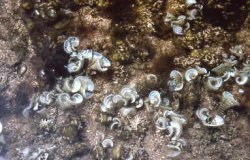 |
Beaches
|
Biological Diversity
|
 |
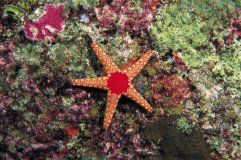 |
Cetaceans
|
Coastal Habitats
|
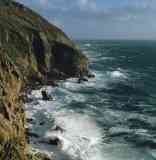 |
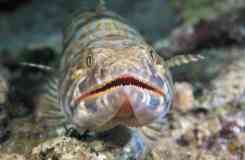 |
Coastal Landform
|
Fasinating Fact
|
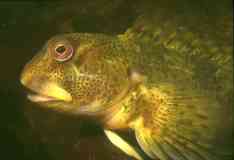 |
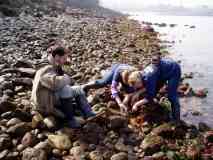 |
Feeding
|
Habitat Rocks
|
| |
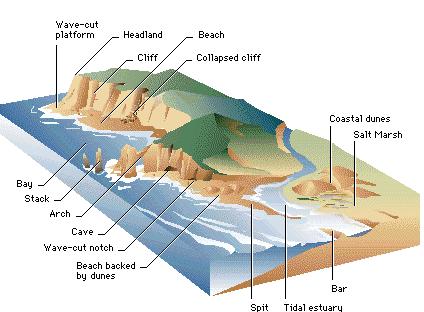 Seashore, boundary between the land and the
sea. This
boundary is also called the shore or the shoreline.
A variety of landforms exists at the seashore, including sandy beaches, rocky
cliffs, tide pools (also called tidal pools), and coral reefs. Each of these
landforms is shaped by the wind, waves, tides, and currents. The wide variety of
landforms yields a variety of habitats, or environments for plants and animals.
For example, in shallow shore areas with low waves and weak currents, sea
grasses flourish. They provide protected habitats where many species of animals
lay their eggs and the young can grow in size and strength before facing the
harsher environment of the open ocean. By contrast, in areas with stronger
currents or waves, burrowing animals, such as clams, dig themselves into the mud
or sand to avoid the vigorous water movement. However, these animals also depend
on the moving water to supply food in the form of smaller animals and plant and
animal debris suspended in the water. Seashore, boundary between the land and the
sea. This
boundary is also called the shore or the shoreline.
A variety of landforms exists at the seashore, including sandy beaches, rocky
cliffs, tide pools (also called tidal pools), and coral reefs. Each of these
landforms is shaped by the wind, waves, tides, and currents. The wide variety of
landforms yields a variety of habitats, or environments for plants and animals.
For example, in shallow shore areas with low waves and weak currents, sea
grasses flourish. They provide protected habitats where many species of animals
lay their eggs and the young can grow in size and strength before facing the
harsher environment of the open ocean. By contrast, in areas with stronger
currents or waves, burrowing animals, such as clams, dig themselves into the mud
or sand to avoid the vigorous water movement. However, these animals also depend
on the moving water to supply food in the form of smaller animals and plant and
animal debris suspended in the water.
"…oceans and seas constitute the major part of the planet that supports life, drive the hydrological cycle, and provide the vital resources to be used to ensure well-being for present and future generations and economic prosperity, to eradicate poverty, to ensure food security and to conserve marine biological diversity and its intrinsic value for maintaining the conditions that support life on
earth"
The Commission on Sustainable Development 1999
|